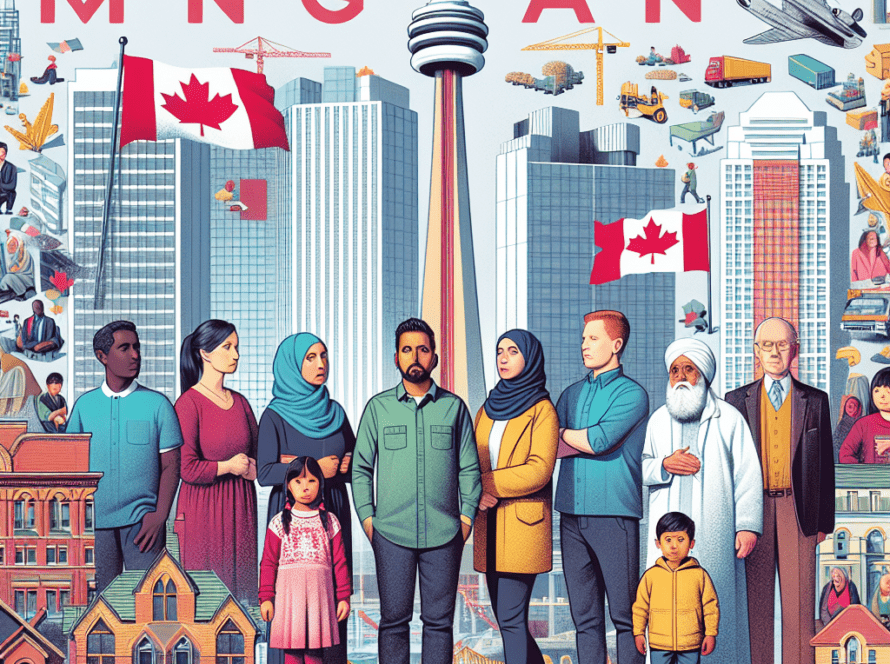Canada Surges to 4th Place for Global Asylum Seekers

Canada’s Asylum Landscape: Navigating a Surge in Claims Amidst Global Crises
In a world increasingly marked by conflict, climate change, and political turmoil, Canada is stepping into a prominent role as a safe haven for those seeking refuge. According to the United Nations Refugee Agency’s 2024 report, Canada has become the fourth-largest recipient of asylum claims globally, a significant transformation in its immigration profile.
Key Statistics Highlighting the Shift
In 2024, Canada received 174,000 new asylum claims, trailing only behind the United States, Egypt, and Germany. The country also resettled 49,300 refugees, ranking second to the U.S. and granted 27,400 permanent residences on humanitarian grounds. These figures reflect not only an increase in arrivals but also the rising expectation that Canada will be a sanctuary for those fleeing violence and persecution.
However, this surge in claims has led to over 284,000 pending applications, exerting considerable pressure on Canada’s refugee determination system. These numbers raise critical questions about the country’s capacity to manage this influx while maintaining its humanitarian commitments.
Policy Responses: The Strong Border Act
In response to this unprecedented rise in asylum claims, the Canadian government has introduced the Strong Border Act. This legislative package aims to streamline the refugee claim process, enhance screening and enforcement measures, and improve decision-making timelines. While it seeks to balance national security with humanitarian protection, critics argue that certain provisions could hinder access for legitimate asylum seekers.
The debate now pivots around how to uphold Canada’s reputation as a compassionate refuge while managing the realities of limited resources and increasing claims.
The Global Context: Canada’s Emerging Role
As global conflicts and climate change displace millions, Canada’s ascendance in the asylum-seeking arena emphasizes its responsibility on the world stage. Competing with countries like the U.S., Egypt, and Germany, Canada’s ability to integrate and support refugees serves as a model for other nations.
Implications for Aspiring Asylum Seekers
For those considering asylum in Canada, the current environment presents both opportunities and challenges:
Opportunities:
- Expanded legal pathways for refugees.
- Strong governmental support for long-term integration across housing, employment, and education.
Challenges:
- Lengthy processing times due to the high volume of claims.
- Stricter screening measures under the Strong Border Act.
- Potential restrictions on specific categories of claims.
Navigating this complex landscape necessitates working with licensed immigration professionals to avoid delays and ensure accurate processing.
Conclusion: A Balancing Act for Canadian Immigration
Canada’s immigration system stands at a crossroads, where the need for compassion must be weighed against the complexities of a rapidly changing world. The country’s position as the fourth-largest recipient of asylum seekers underscores its global leadership role but also tests the resilience of its systems.
As policies evolve, it is crucial for Canada to find a balanced approach that preserves its values of humanitarianism while ensuring efficiency and fairness. The journey ahead requires not only strategic planning but also a commitment to adapt to the changing needs of both the nation and those seeking its protection.
Staying informed and engaged with the developments in Canadian immigration policy is essential for those affected, as well as for the nation as a whole.



